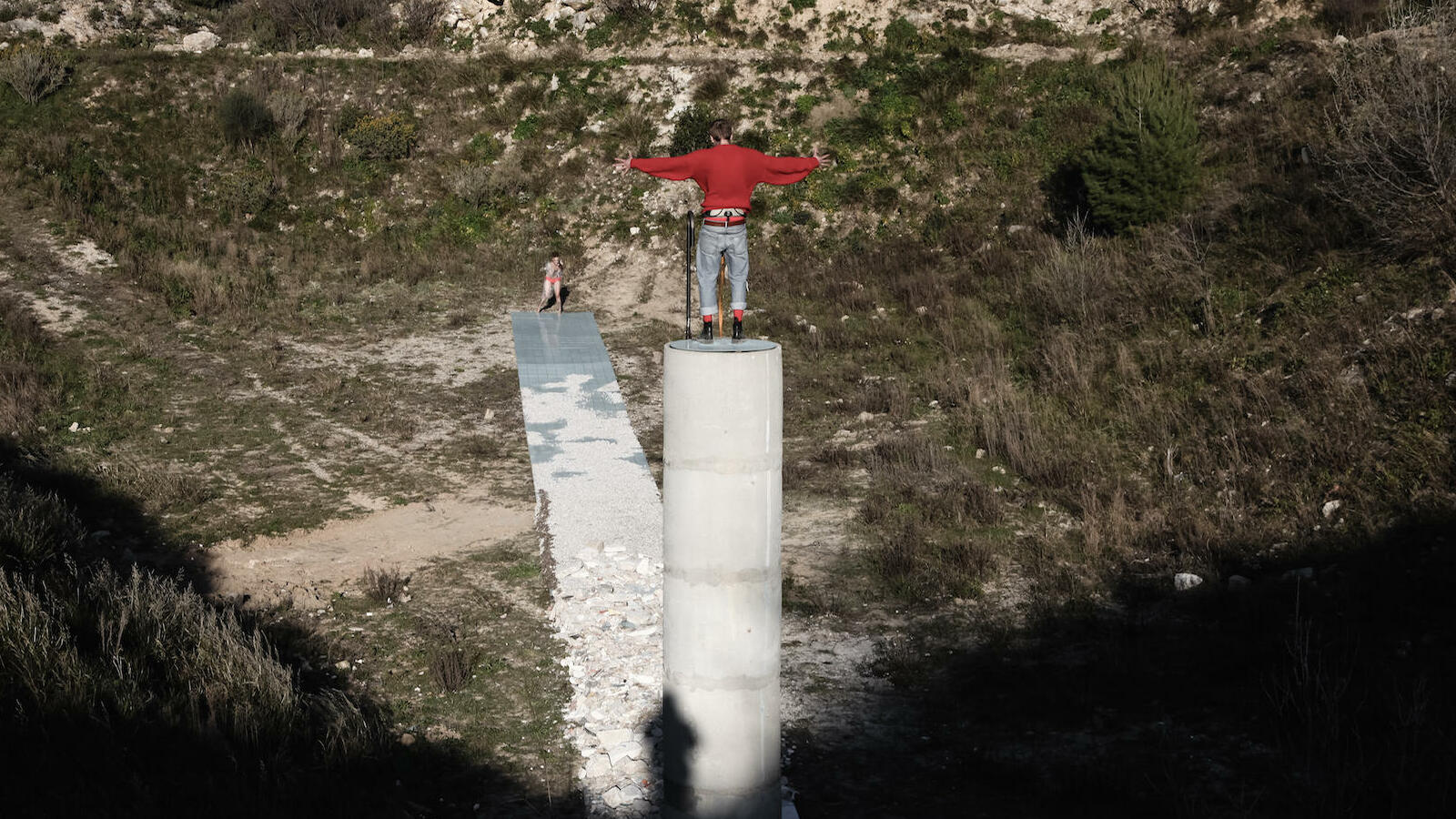Emergence
Publication

© Augustin Le Gall - © Augustin Le Gall - © Augustin Le Gall
Europe is the location of choice for artists who work for, in or with urban areas. By juxtaposing urban and natural landscapes, creating works involving local communities, using the city to make music, developing trails mixing a sensory approach and NTIC and more, artists looking to work out of the box are developing new artforms and relationships with audiences, contributing to the emergence of a new public space within Europe.
An art of emergence
Producing an entire issue on the theme of emergence in the arts in public space across Europe has turned out to be quite a challenge. Of course, we could have focused purely on the new generation of artists working in urban contexts or landscapes, drawing out their backstory, concerns and key techniques. That in itself would have been fascinating, because a lot of art students in both the performing and visual arts are seeking to take their work beyond the standard cultural venues of theatres and museums. They show an incredible inventiveness in new ways of working with things – working with cities, landscapes, audiences, local residents, and more.
Beyond these new artists themselves, though, the notion of emergence goes hand in hand with innovative developments in approaches to public space. Taking participants on a journey along a path or on a walk, subverting those little electronic gadgets that provide direction to our directionless society, creating works of art featuring the audience, or which the audience even creates itself… – these are all emerging new artforms. And as if emerging wasn’t enough for them, they are continuously changing. They are not designed to become stable, but to be constantly transformed. In the end, there is no middle ground between emergence and the cliché. Like Sisyphus pushing his boulder up the hill, artists are condemned to perpetual emergence.
Spring 2015. IN SITU, the European network for artistic creation in the public space, has been in existence for twelve years. It has had its share of failures, but also a great crop of successful initiatives – in particular the creation of a European community of artists working to promote contemporary popular art that is challenging yet generous, complex yet straightforward, intelligent yet open to all. The emergence of a European art.